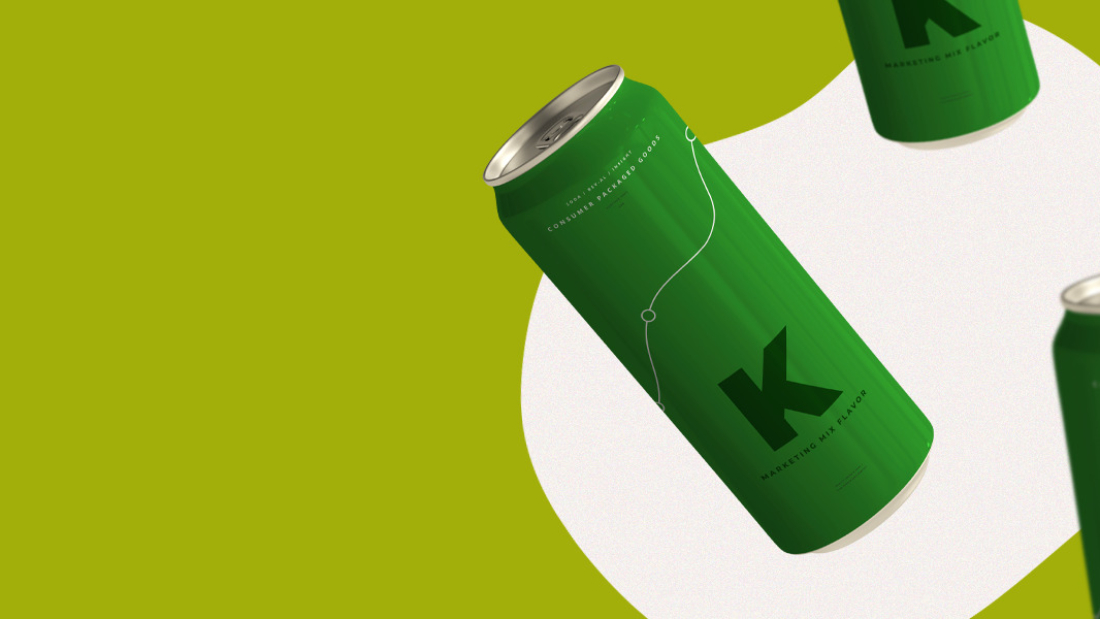Perhaps the most striking thing about this year’s CMO Survey is the number of all-time highs and all-time lows, evidence of the remarkable volatility wrought by the COVID-19 pandemic and its reverberating effects on consumer behavior:
- Marketer optimism surged from a near-historic low to a near-record high with an unprecedented rebound between last June and February.
- As a percent of firm revenue marketing budgets rose to the highest level in survey history.
- Internet sales rocketed to 19.4%, the highest level in survey history, with a 70% increase among B2C companies over last year.
Yet if one trend dominated this year’s survey it was the surge in digital marketing, with a 32.7 percent increase in contribution to company performance reported over last year. CMO Survey Founder and Director Christine Moorman describes it as
“…A pillar of success during this pandemic year, a trend that cannot be overstated.”
Digital transformation is expected to permeate all aspects of business, with digital budgets expected to increase another 10.1% over the coming year.
Why Marketing Planning Needs To Keep Pace With The Market
Just as the task of buying media has become highly automated and programmatic, the process of building a marketing plan, based on potential financial contribution, also is rapidly evolving into a technology-powered, automated paradigm.
AI and machine learning have enabled robust technology platforms, like Keen’s MIDA solution, to automate the process of analyzing all available marketing channels to calculate the profit threshold for each investment in each week of a plan.
In addition to improving financial contribution with a more precise and quantitative approach, these solutions free up substantial human resources, broadening marketers’ strategic activity bandwidth over time.
Given these benefits and the past year’s turbulence, one would think adoption would be barreling into the mainstream by now. Yet even with a 39 percent increase in use of quantitative measurement tools over the past year, fewer than half of marketers rely on them.
The CMO survey reports that implementation of AI and machine learning tools has grown ~10% year over year since 2018. And survey respondents predict ~20% growth over the next three years.
Yet here’s the rub: Moorman acknowledges a strange phenomenon that we have heard echoed by other leading analysts:
“One cautionary note–actual activity levels have not kept pace with expectations for the future in this area.”
It’s curious to consider what might be holding marketers back.
- The pain is real.
- The conditions are ripe.
- The potential is proven and significant.
My hunch, and experience from conversations from hundreds of top brand leaders over the past few years, suggest it is the most familiar obstacle to innovation: fear of change.
Concerns over risk can be quickly and logically mitigated by the experiences of early adopters. Among Keen clients using our solution to guide future decision making, marketing contribution improved 41 percent over the past 52 weeks.
And looking more broadly, according to a survey conducted by ClickZ, 78 percent of marketers felt they had missed opportunities due to poor decision making, while those tracking the impact of their predictive analytics reported “significant returns on their investment” with 99.1 percent reporting uplift between 10 to more than 50 percent.
Learn more at KeenDS.com or connect with us: info@keends.com.

